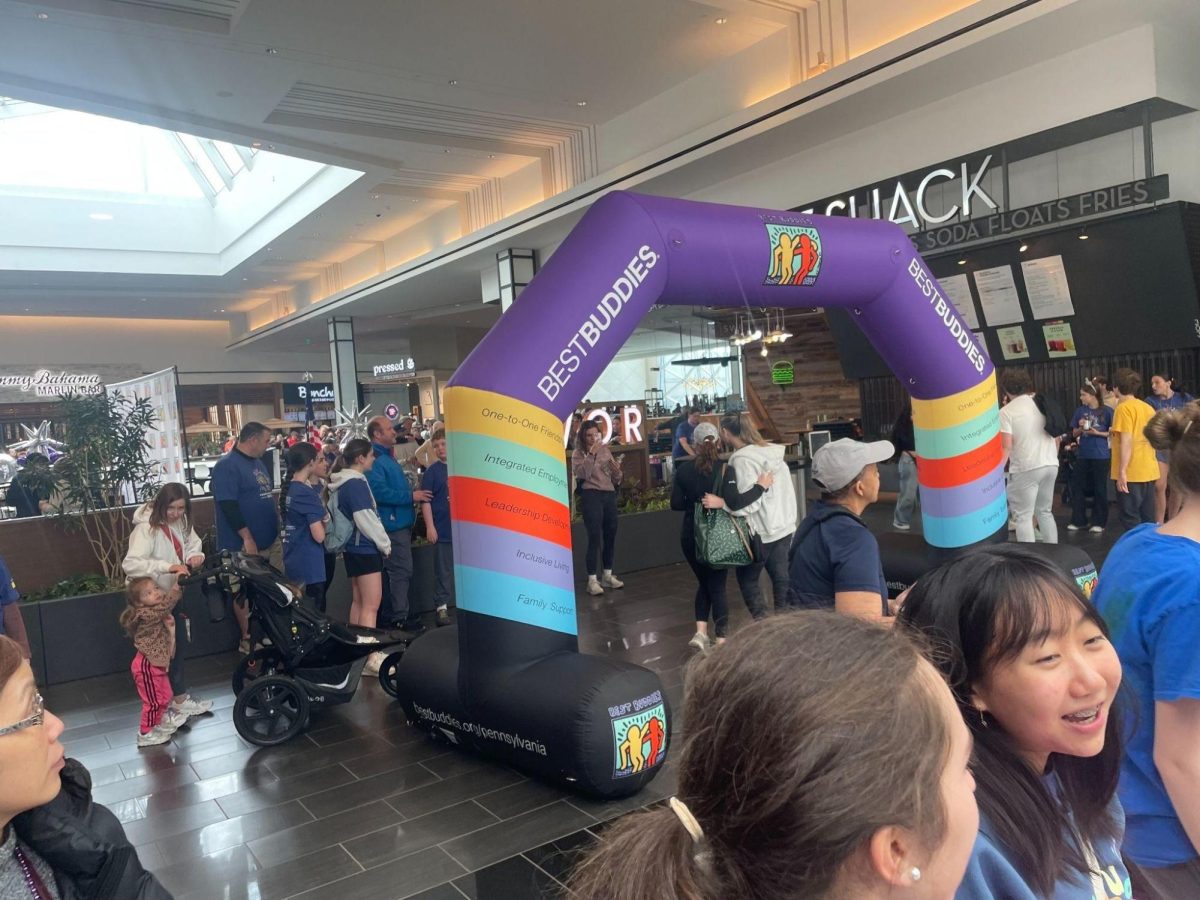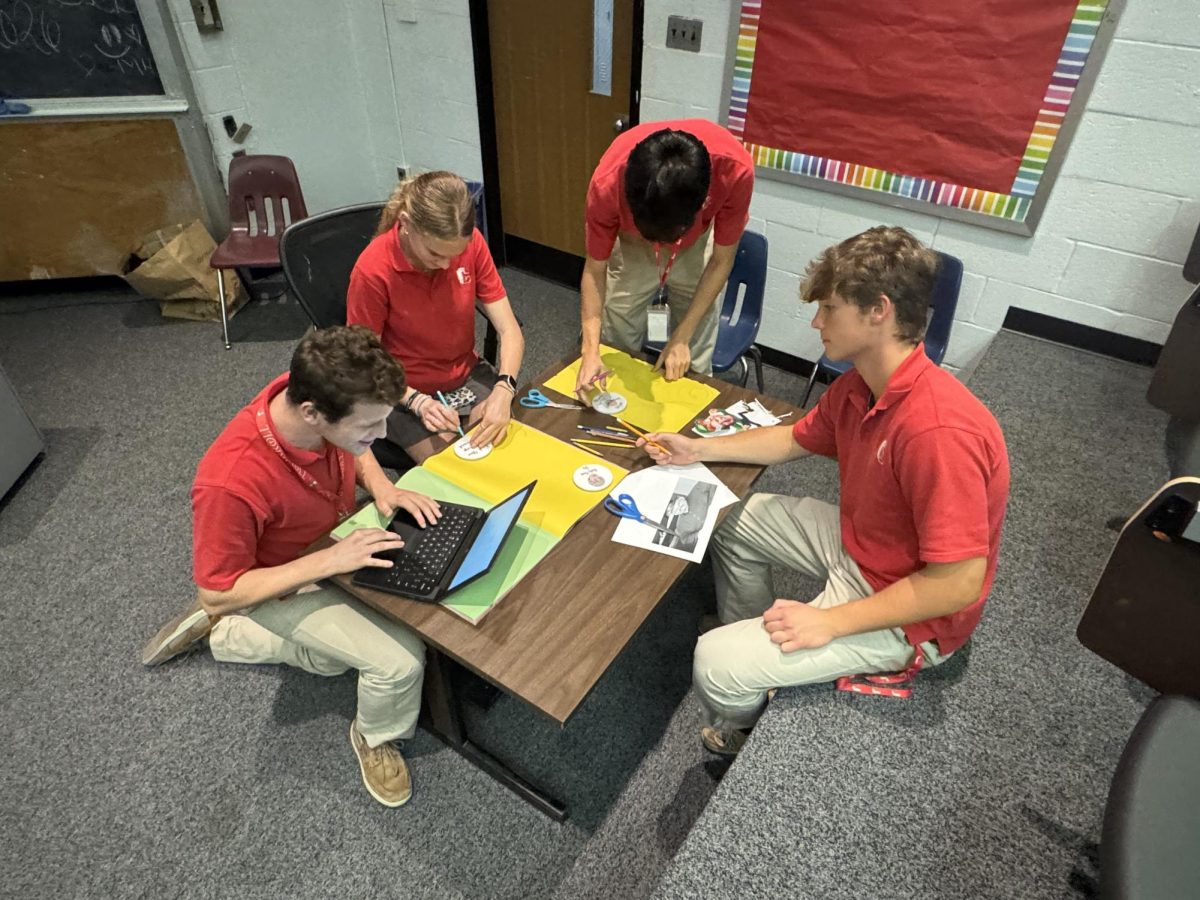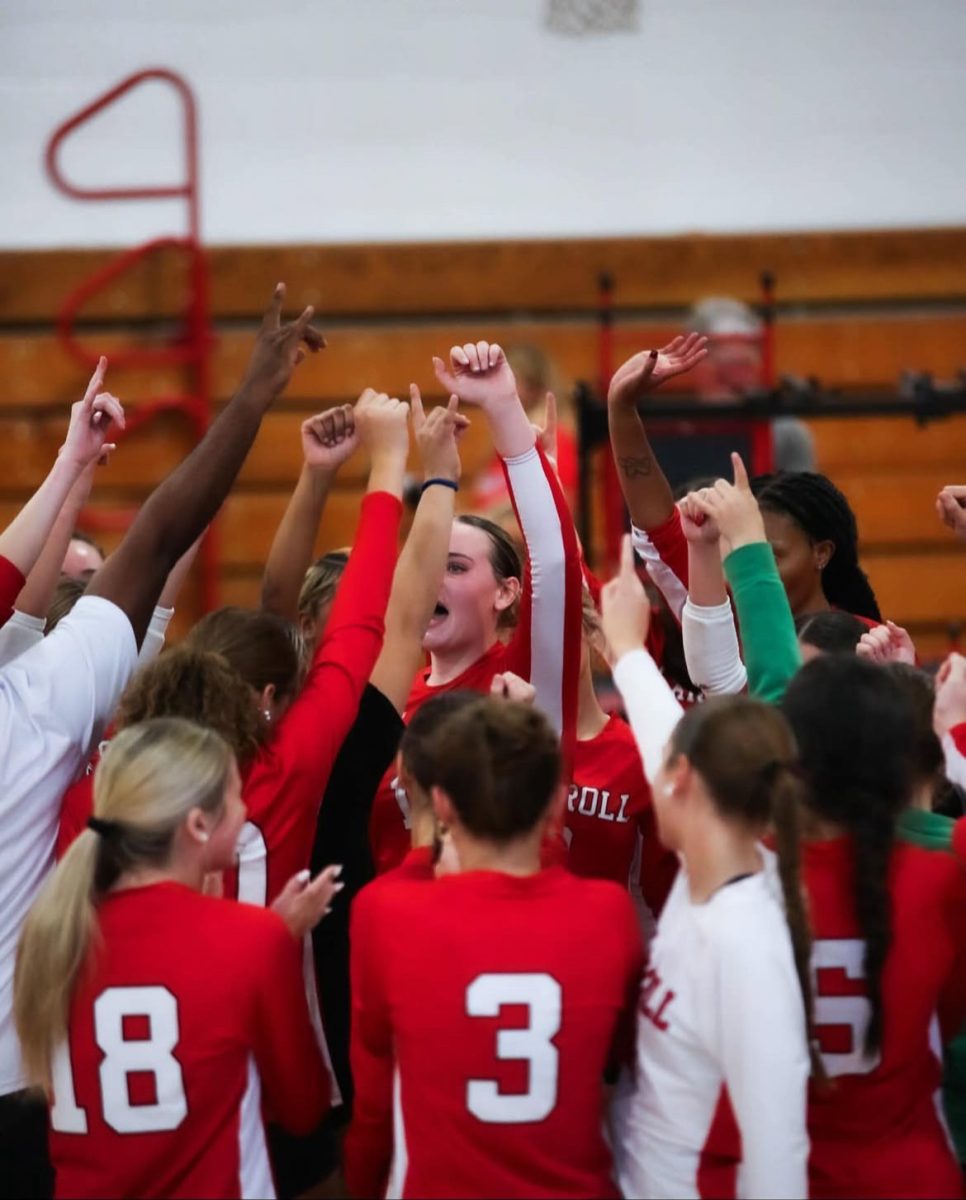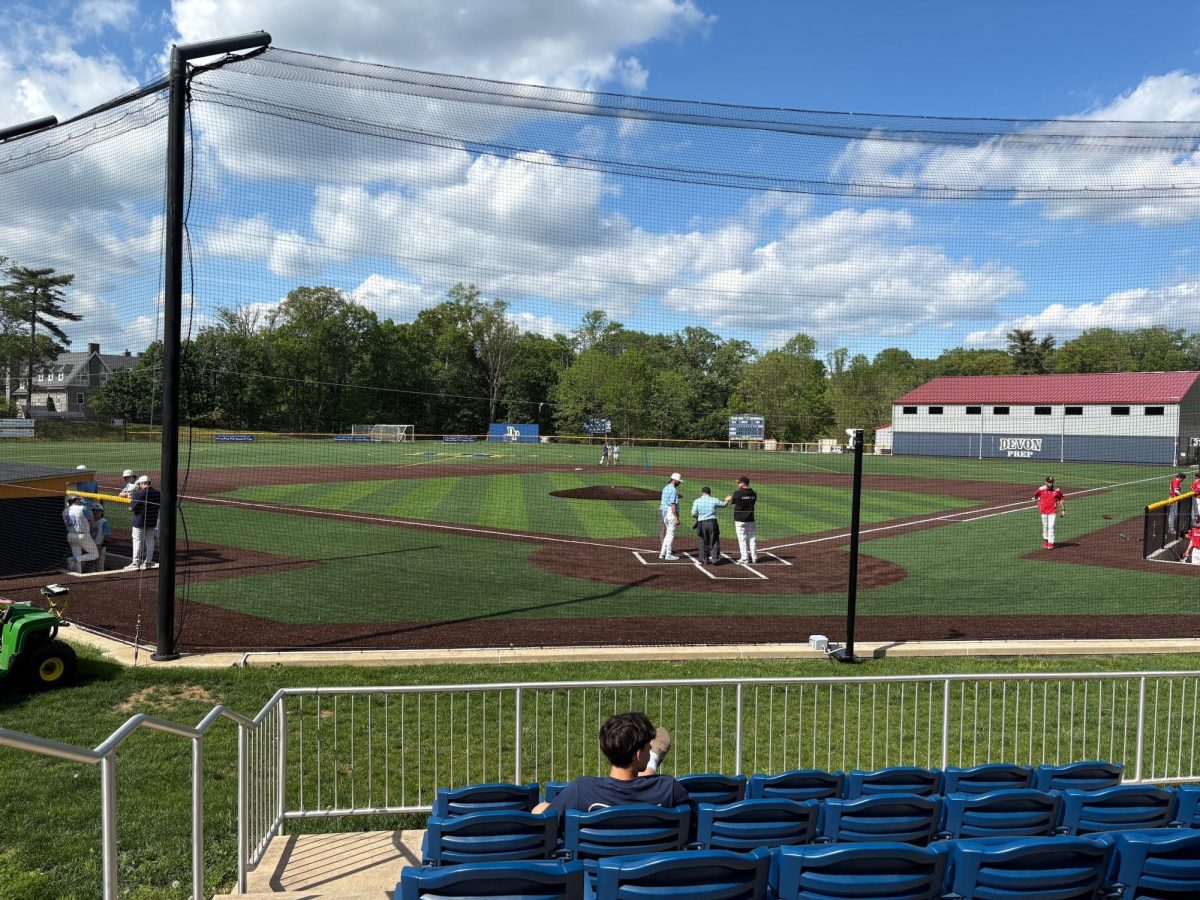Carroll teachers become students during the pandemic
Carroll teachers scramble to find new ways to teach students remotely.
March 29, 2020
The pandemic known as COVID-19, or coronavirus, has shut down schools, ending face to face instruction until at least April 13. All learning had to be moved to an online platform. This has raised many concerns for the teachers here at Archbishop Carroll High School.
“The main thing I have had to learn is to use more cloud programs,” said Mrs. Diane Gimpel, who teaches English. “I am well familiar with using Google Classroom with my students, because I assign work most days using that. However, I had never before used Loom, which allows me to record myself and my computer screen so I can create video lessons for my students. I had never used Zoom, which allows me to have live classes on the internet. I also had never handled testing remotely, so that was a new thing. I’ve used a free online program called Quizizz for that.”
“It’s honestly stressing me out, but the students seem to really like Loom and Zoom, so I suppose those programs will be part of the educational process for the next few weeks, until we get back into the classroom,” Mrs. Gimpel said.
Like Mrs. Gimpel, Mrs. Janine Cahill, a science teacher, had a quick immersion in interactive cloud programs.
“I had to learn to use Loom and Zoom as alternate ways to teach students,” Mrs. Cahill said. “I’m still working with it. I also learned how to post tests/quizzes on GoFormative.”
Father Mark Cavara, who teaches theology, talked about the difficulty of ensuring students are engaged when the teacher cannot see the students.
“Over the past two weeks I have had to learn a lot of ingenious ways to keep the students engaged while confined to their homes,” Father Cavara said. “The goal is to keep them focused and on the tasks without overwhelming them. The medium that I have found the most useful is to give a short amount of notes each day on a topic we are covering as well as asking a few questions that make sure each student is actually opening up the notes. I have also begun recording 5 minute videos on each topic that help clarify each topic. I am intrigued to see what the next week will bring!”
Mr. Richard Knowlton explained the difficulties that present themselves with remote learning.
“First, is that in dealing with on-line assignments it is not so easy to keep track of everything despite everything being on the computer,” Mr. Knowlton said. “Second, the technology that is available for instructional use and evaluation is not something that can be mastered overnight. It takes time to learn and I don’t believe we had enough time available to us. Third, students, as much as they say that they are tech savvy, are not that savvy at all, at least not all of them. Lastly, I learned that no matter how different the learning platform is, students will resort to their most comfortable position and not always do or try their best.”
“I don’t mind any of that, however,” Mr. Knowlton added. “As long as people stay healthy and safe during this period, that is what matters.”
It is clear that these changes have been just as difficult, if not more difficult, for teachers as they have been for students. They had a very short amount of time to learn new technology and programs. They have been expected to do all of this while continuing to provide the quality education students are accustomed to and expect on a daily basis. They also have had to find ways to ensure that the students are accessing their assignments and giving the full effort that they would give in the classroom. These teachers care about each of their students and don’t want to them to do poorly or even fail because of these changes.

















